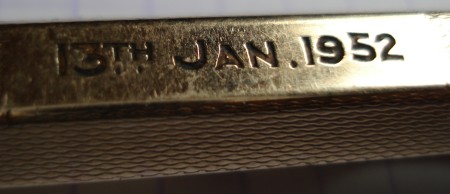
I’m not sure what was being commemorated fifty-six years ago today, but that’s the date inscribed on this vintage Yard-O-Led pencil.
Engraved pens and pencils typically have names or initials, but this one has a date. I imagine it being a birth, a graduation, an anniversary, or some other milestone of life that was being commemorated. Yet, it’s still odd to me. If you chose a gift like this, and chose to have it engraved, wouldn’t you put the person’s name on the gift?
The pencil is rolled gold in a barley pattern with a hexagonal body. It takes a 1.18mm lead. I bought it mainly to inform myself about Yard-O-Led pencils, as I’ve thought of acquiring one of their new pencils.
While almost exactly the same length as a Lamy Scribble (which I find very comfortable), this pencil is too short for the way I want to grip it. I want to hold the hexagonal part of the body, just as I would a woodcase pencil. But this winds up causing the cap of the pencil to hit my hand in an uncomfortable way.
As to the lead and mechanism – I could not at all figure out how to adjust the lead. I kept looking at the instructions over at Dave’s Mechanical Pencils. My results at times resembled parts of a Marx Brothers comedy. At one point the lead shot out of the pencil across the room. Now let’s be fair and acknowledge that this pencil is over a half century old, with provenance unknown. It may have spent twenty or thirty years in a damp basement or a humid yurt. Removing the slider from the barrel was challenging – it just wouldn’t move beyond a certain point. But it did come out.

That “slider grip” is the oddest piece. Being new to this pencil, and having noticed that it can shoot parts around a room (due to a capable spring), I was alarmed when the slider “disappeared”. It was there – then it was gone. I feared it was snapped off, or sprung into the yonder. I couldn’t find it. I did notice that the other bits of the mechanism – the piece that holds the lead in particular – were also gone. At this point, I was thinking that I’d broken the pencil. I tried fishing around the slider barrel (which has a narrow opening) with an eyeglass screwdriver. There they were – the parts were submerged, and with some toggling, re-emerged. I carried on, and can say – it all works, and I can now retract and extent the lead, and know how to refill it. As far as I can tell, my original problems were due to the “refill nut” (another unfamiliar pencil part) not being properly in place. It wasn’t my focus, but after it being properly fastened, the pencil started to work – from the point of view of the cap, clockwise motion extended the lead, and a counter-clockwise motion retracted the lead. That’s how it should be!
As Dave wrote, “Complicated or what!”
If I ever buy a new Yard-O-Led pencil, it will be in person so that I can try out the feel.
But – I’m still wondering, what happened fifty-six years ago today?
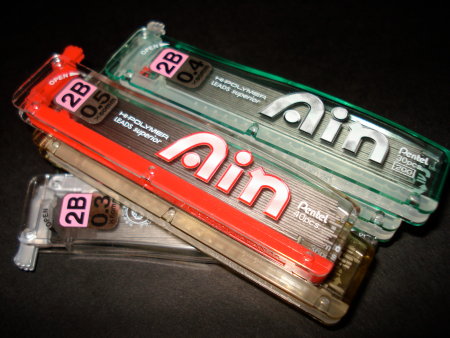

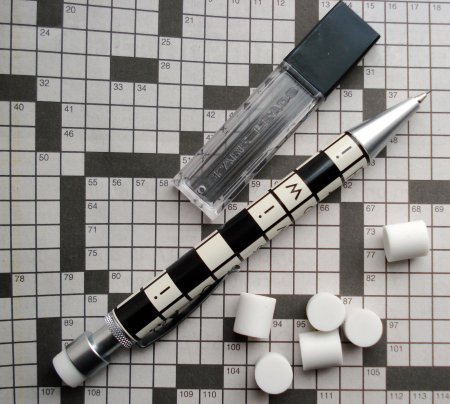
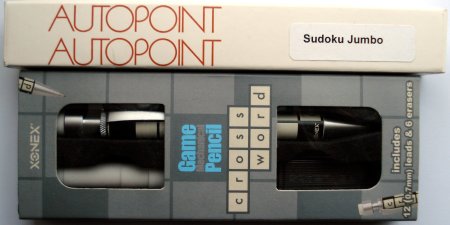
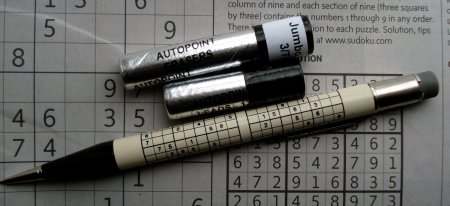
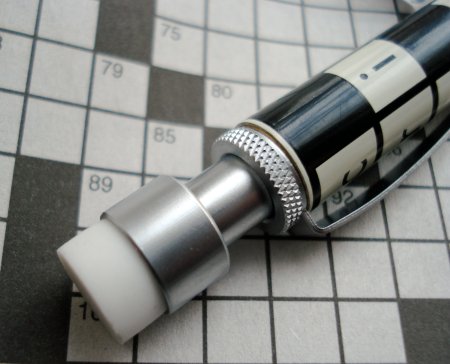
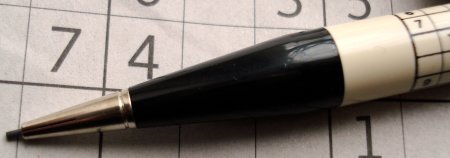
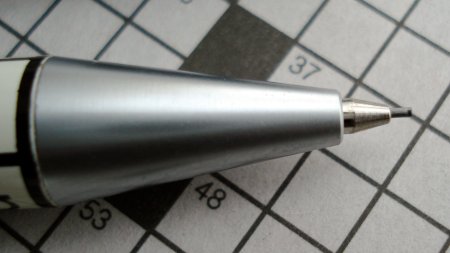
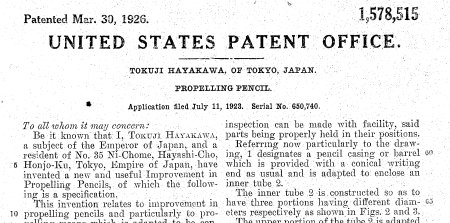

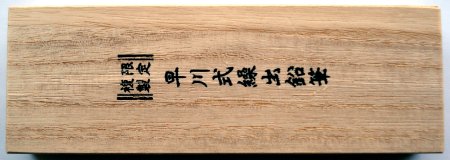
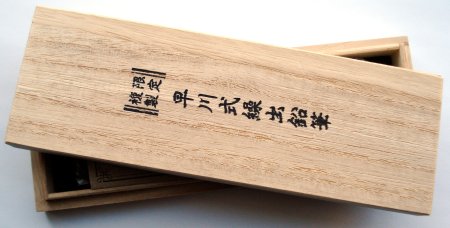
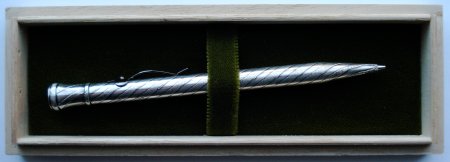
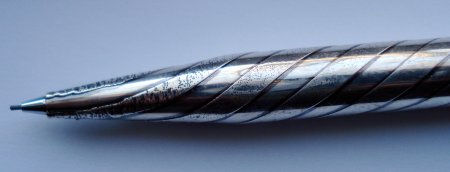
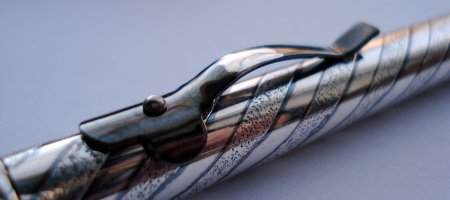
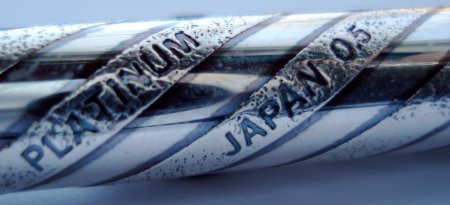
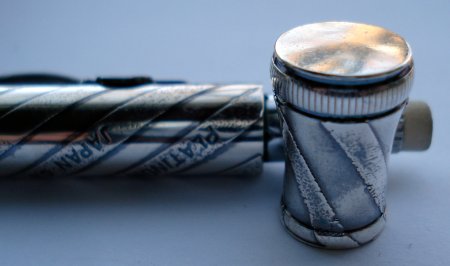



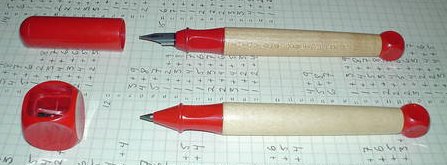
 The pencil is comfortable and writes very nicely. The lead is solid and doesn’t break. Though they ship with an HB lead by default, the pencils also take other hardnesses as well as colour leads from art supply stores.
The pencil is comfortable and writes very nicely. The lead is solid and doesn’t break. Though they ship with an HB lead by default, the pencils also take other hardnesses as well as colour leads from art supply stores.